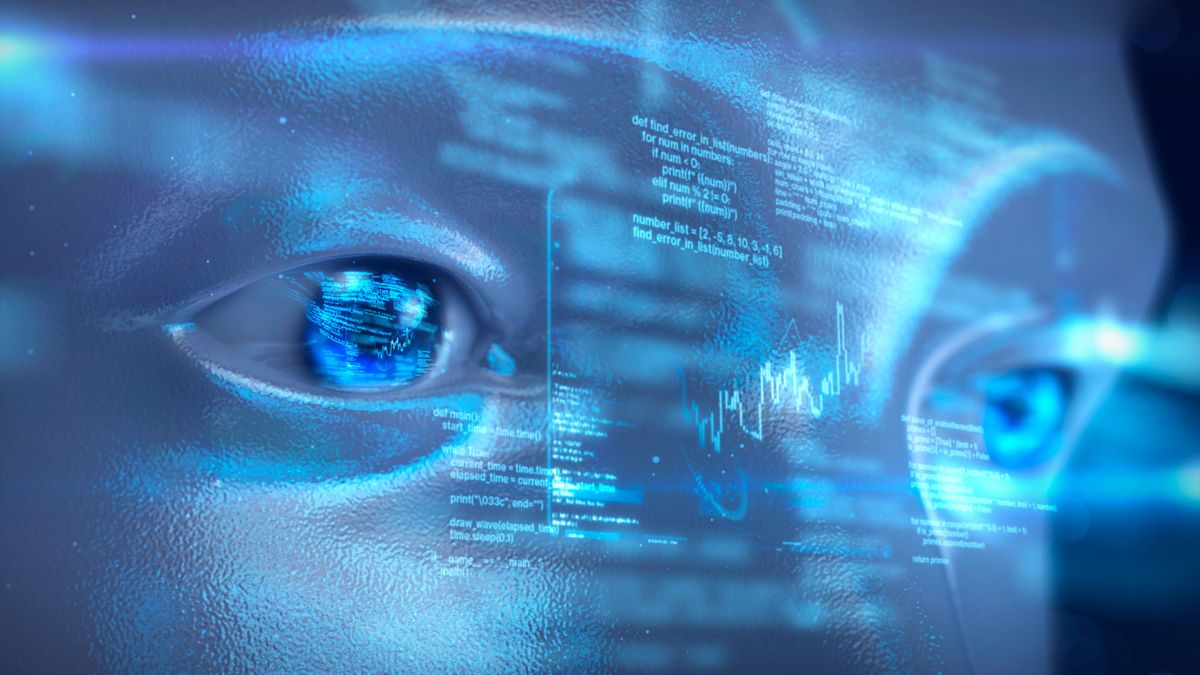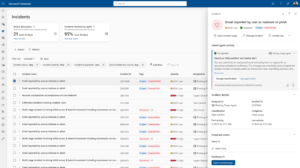China’s Manus AI ‘agent’ may offer our initial insight into artificial general intelligence.

Introduction to Manus: The General AI Agent
Chinese researchers have introduced an exciting new artificial intelligence (AI) tool called Manus, which operates autonomously and can make decisions without needing specific human instructions. Developed by the startup Butterfly Effect, Manus claims to be the world’s first general AI agent, showcasing a level of independence that surpasses current AI models. This development offers a glimpse into the future of artificial general intelligence (AGI).
What is Manus?
Manus is designed to respond to textual prompts, similar to well-known chatbots like ChatGPT and DeepSeek. However, unlike these chatbots that depend heavily on step-by-step human guidance, Manus can execute a range of tasks independently. This significant difference allows it to tackle assignments without requiring constant input from users.
At present, Manus is not available for general use; however, a limited number of users have received invite codes to explore its capabilities. Consequently, it has generated considerable excitement online. Some individuals have even successfully utilized Manus to create playable video games or launch websites based on basic prompts.
Current Limitations of Manus
Despite its remarkable capabilities, Manus is still in the early stages of development. Users have reported instances of the system crashing and persistent issues, like getting caught in infinite feedback loops. The developers are aware of these challenges and attribute them to the typical difficulties faced when launching a new technology. The chief scientist, Peak Ji, has openly acknowledged that Manus has a higher failure rate compared to established platforms like ChatGPT.
Caiwei Chen, a journalist who tested Manus for MIT Technology Review, described her experience as similar to working with a "highly intelligent and efficient intern." However, she pointed out that the AI sometimes fails to understand its instructions accurately, makes incorrect assumptions, and can take shortcuts. While promising, it is not yet perfect.
A New Era of AI Agents
Manus is not the only innovative AI tool from China to shake up the tech landscape this year. In January, another AI tool called DeepSeek emerged, achieving comparable or better outcomes than its American counterparts at a fraction of the cost. Manus, however, may signify the dawn of a new generation of AI agents.
Unlike traditional chatbots that typically rely on a single large language model (LLM), Manus employs multiple LLMs and other independent software components. This design, known as multi-agent architecture, enables various components to collaborate and process tasks more effectively. According to reports from MIT Technology Review, this unique structure allows for a broader range of capabilities.
Performance Comparison: Manus vs. ChatGPT
When compared directly to ChatGPT, Manus tends to provide more detailed responses, reinforced by testing data from the GAIA benchmark. However, this enhanced depth comes at a cost; Manus takes longer to generate replies as it conducts more thorough research. Instead of following a linear approach like conventional chatbots, Manus can identify its own path when responding to prompts.
For example, with just one prompt, Manus is capable of browsing the internet, writing code, and analyzing data all on its own, without requiring further user input. Some tasks Manus can handle include planning holiday itineraries, analyzing stock markets, and screening job resumes. The distinct advantage of Manus lies in its ability to break down complex tasks autonomously, allowing users to step away from their devices while the AI continues to work in the background.
Ethical Considerations
The introduction of general AI agents like Manus brings with it various ethical questions and implications. While these agents can mimic human behavior, they operate at speeds and efficiency levels far beyond human capabilities. However, ethical dilemmas arise when considering their potential impact and the responsibilities of those who develop and implement such technology.






